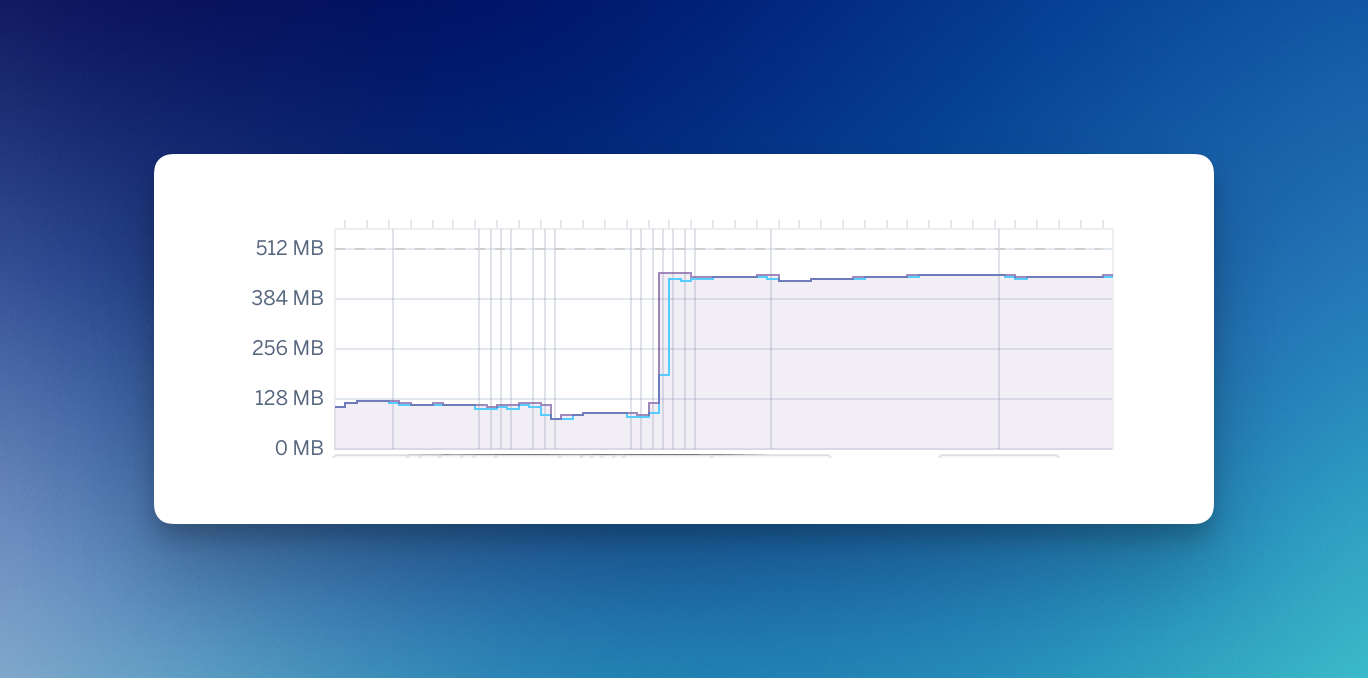How can we use AI without getting dumber? - DHH’s recent observation about AI resonated:
“As soon as I’m tempted to let it drive, I learn nothing, retain nothing.”
When he lets AI take the wheel, his learning stops. Knowing how you learn best is crucial and I respect that. But his tweet reminded me of my first week with Rails many years ago. One command - rails generate scaffold Blog - and boom. Working blog. Complete with database migrations, controllers, views, the works. I felt like a god.
For about ten minutes.
Then came the client requests. “Can we add comments?” “What about tags?” “Why is it so slow with 10,000 posts?”
I had no idea. I’d built nothing. I’d learned nothing. The only thing that had happened was some code appeared on my screen.
I know what you’re thinking: “That’s different. Rails generators create 50 lines of boilerplate. AI writes entire features, algorithms, and architectural decisions. One removes tedium, the other removes thinking.”
Fair point. The scale has changed dramatically. But here’s what’s interesting - in the early days, those 50 lines of generated code felt just as magical and just as dangerous to understanding. I remember the debates about whether generators would make us worse developers, whether we’d lose touch with the fundamentals. Some of us worried we’d forget how to write SQL or understand HTTP.
Sound familiar?
We’re watching the same pattern repeat, just amplified. With Rails generators, with Stack Overflow, with Google, with IDE autocomplete, and now with AI. Each time, the community splits: those who see a shortcut to ship faster, and those who worry we’re shortcutting our way out of understanding anything.
Both groups are right. And both are missing the point.
[read more...]
